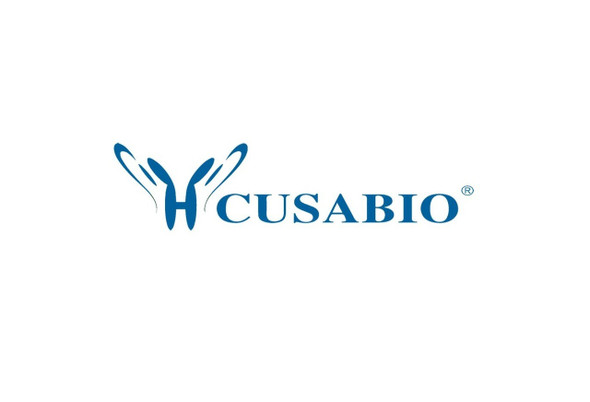Cusabio Virus & Bacteria Recombinants
Recombinant Reston ebolavirus Nucleoprotein (NP), partial | CSB-EP841983RCI
- SKU:
- CSB-EP841983RCI
- Availability:
- 13 - 23 Working Days
Description
Recombinant Reston ebolavirus Nucleoprotein (NP), partial | CSB-EP841983RCI | Cusabio
Alternative Name(s): Nucleocapsid protein
Gene Names: NP
Research Areas: Microbiology
Organism: Reston ebolavirus (strain Philippines-96) (REBOV) (Reston Ebola virus)
AA Sequence: RPNLGSRQDDDNEIPFPGPISNNPDQDHLEDDPRDSRDTIIPNSAIDPEDGDFENYNGYHDDEVGTAGDLVLFDLDDHEDDNKAFELQDSSPQSQREIERERLIHPPPGNNKDDNRASDNNQQSADSEEQEGQYNRHRGPERTTANRRLSPVHEEDTPIDQGDDDPSSPPPLESDDDDASSSQQDPDYTAVAPPAPVYRSAEAHEPPHKSSNEPAETSQLNEDPDIGQSKSMQKLGETYHHLLRTQGPFEAINYYHMMKDEPVIFSTDDGKEYTYPDSLEEAYPPWLTEKERLDNENRYIYINNQQFFWPVMSPRDKFLAILQHHQ
Source: E.coli
Tag Info: N-terminal 6xHis-tagged
Expression Region: 414-739aa
Sequence Info: Partial
MW: 41.3 kDa
Purity: Greater than 90% as determined by SDS-PAGE.
Relevance: Encapsidates the genome, protecting it from nucleases. The encapsidated genomic RNA is termed the nucleocapsid and serves as template for transcription and replication. During replication, encapsidation by NP is coupled to RNA synthesis and all replicative products are resistant to nucleases
Reference: "Genome structure of Ebola virus subtype Reston: differences among Ebola subtypes." Ikegami T., Calaor A.B., Miranda M.E., Niikura M., Saijo M., Kurane I., Yoshikawa Y., Morikawa S. Arch. Virol. 146:2021-2027(2001)
Storage: The shelf life is related to many factors, storage state, buffer ingredients, storage temperature and the stability of the protein itself. Generally, the shelf life of liquid form is 6 months at -20?/-80?. The shelf life of lyophilized form is 12 months at -20?/-80?.
Notes: Repeated freezing and thawing is not recommended. Store working aliquots at 4? for up to one week.
Function: Encapsidates the genome, protecting it from nucleases. The encapsidated genomic RNA is termed the nucleocapsid and serves as template for transcription and replication. During replication, encapsidation by NP is coupled to RNA synthesis and all replicative products are resistant to nucleases (By similarity).
Involvement in disease:
Subcellular Location: Virion, Host cytoplasm
Protein Families: Filoviruses nucleoprotein family
Tissue Specificity:
Paythway:
Form: Liquid or Lyophilized powder
Buffer: If the delivery form is liquid, the default storage buffer is Tris/PBS-based buffer, 5%-50% glycerol. If the delivery form is lyophilized powder, the buffer before lyophilization is Tris/PBS-based buffer, 6% Trehalose, pH 8.0.
Reconstitution: We recommend that this vial be briefly centrifuged prior to opening to bring the contents to the bottom. Please reconstitute protein in deionized sterile water to a concentration of 0.1-1.0 mg/mL.We recommend to add 5-50% of glycerol (final concentration) and aliquot for long-term storage at -20?/-80?. Our default final concentration of glycerol is 50%. Customers could use it as reference.
Uniprot ID: Q91DE1
HGNC Database Link: N/A
UniGene Database Link: N/A
KEGG Database Link: N/A
STRING Database Link: N/A
OMIM Database Link: N/A










